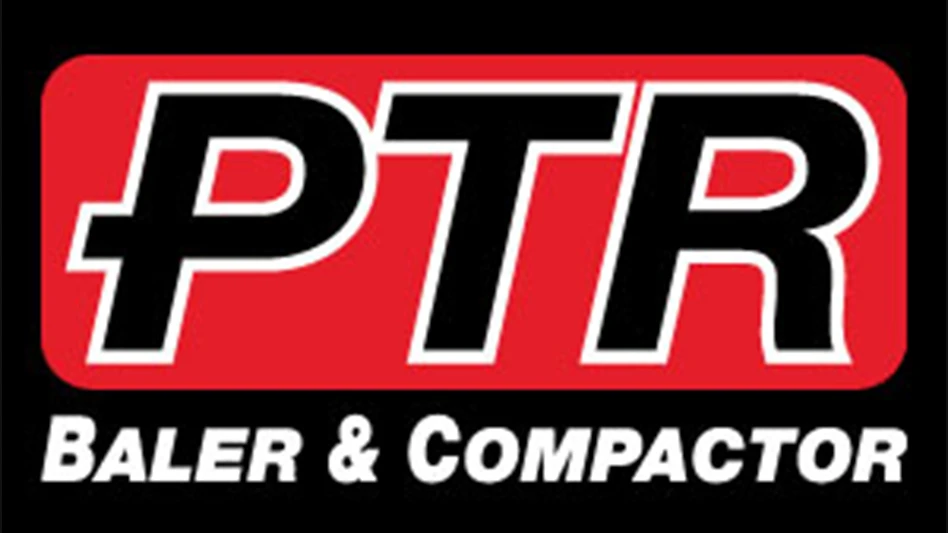
Processors of scrap materials rely on size-reduction equipment in nearly every recycling sector. End-of-life vehicles and appliances, computer and telecom equipment and confidential documents pass through shredders of various sizes and configurations daily.
The benefits of shredding in the recycling process are numerous, but operating shredders also comes with side effects, including dust and noise, that must be carefully considered. The noise factor is hard to miss, yet some shredder owners can find themselves subject to inspection agency fines, the complaints of neighbors and employee lawsuits because they failed to take sufficient measures to turn down the volume.


Auto shredders, powered by motors of up to 10,000 horsepower, produce the most noise, and no one is closer to the sound waves than the shredder operator sitting in a nearby cabin. Fortunately, resources can provide protection to these frontline employees.
Codes to consider
The U.S. Occupational Safety and Health Administration (OSHA) has had metal shredding hazards on its radar since at least 2008, when it released a 48-page document titled “Guidance for the Identification and Control of Safety and Health Hazards in Metal Scrap Recycling.”
In a section on metals breaking and shredding in that document, the agency writes, “Breaking may also create a noise hazard, requiring the employer to implement feasible engineering or administrative controls. If these controls do not sufficiently reduce the noise hazard, employers must provide appropriate hearing protection, such as earplugs, canal plugs, earmuffs or other protective devices, as required by OSHA’s Occupational Noise Exposure standard, 29 CFR 1910.95.”
That overall OSHA standard, applied to all types of businesses, “requires employers to have a hearing conservation program in place if workers are exposed to a time-weighted average (TWA) noise level of 85 decibels (dB) or higher [during] an eight-hour work shift.”
Shredders increasingly are being enclosed in sheet metal buildings, which can provide environmental and safety benefits as well as alleviate dust- and noise-related nuisance complaints by neighbors. It is unclear, however, how or whether these buildings might trap more sound in the space surrounding the shredder’s operator.
Measurements taken for a 2012 study conducted by California-based J.C. Brennan & Associates showed that a 60-inch-by-60-inch shredder with a 1,000-horsepower electric motor created noise levels of up to 123 dB in the 2,000 octave band.
Another study, published in 2014 for a shredding plant owner in Ireland, did not record decibel levels at source but showed the 85-dB threshold was at times reached or exceeded at the far edges of the shredder’s property.
Shredder operators have long provided either ear plugs or earmuffs (or both in combination) to shredder cabin employees. Either can be effective, though a 2009 study by the United Kingdom’s Health and Safety Executive (HSE) found that each also has a weakness.
With ear plugs, employees may not fully fit or mold them within their ears. The result: “Laboratory tests on an ear simulator showed the earplug single number rating (SNR) can be less than 9dB if incorrectly compressed, even if fully inserted into the ear,” the HSE says.
Earmuffs are almost always worn correctly, but their seals around the ears can weaken over time. According to the HSE’s research, “Laboratory tests demonstrated a 6 dB mean decrease in SNR, above the 4 dB derating normally assumed for earmuffs, with simulated moderate use (equivalent to one month of daily wearing) or a brief stretching of the headband.”
To help supplement earplugs or earmuffs, an additional measure shredder owners can consider on behalf of their cabin employees is the installation of sound-absorbing or cushioning panels.
An expert panelist

Niederzier, Germany-based Industrie Lärmschutz GmbH (ILG) is among the companies supplying soundproofing panels for use in auto shredding control room cabins.
ILG’s Rolf Schaffrath says the company has been involved in installations on both sides of the Atlantic Ocean, with the greater number having been in Europe. The company, he says, “has developed a number of highly efficient noise-protection systems that comply with the guidelines of occupational protection and occupational safety.”
The company’s product line includes pressure shock-resistant noise protection enclosures for shredders, Schaffrath says, and newly developed “splinter protection systems that represent a significant improvement in occupational safety with regard to running rotor mills.”
He says the company does not take a “one size fits all” approach when supplying shredder noise abatement products. “Noise-reduction measures always depend on specific conditions affecting sound at the shredder site, including [sound wave] reflection from existing buildings and their arrangement relative to the shredder and differences in height between the sound source and emission point,” he states.
Schaffrath says all ILG enclosures are designed to be pressure shock-resistant and of robust construction, but value is added by the company’s “more than 40 years of experience and more than 1,000 references worldwide.”
The ILG website describes the enclosures as being “made from conventional steel structures as well as soundproofing elements [that] are installed in vertical and horizontal modules in a steel beam construction.”
He says a site assessment is a necessary first step to designing a system that can be effective and that will not hinder shredder plant maintenance. On the maintenance front, ILG’s systems are equipped with sliding doors in the walls and the roof, plus other openings, all designed to provide unhindered access for the maintenance and operation of the shredder plant.
“To determine the necessary sound-reduction measures, we use our own measuring results, stored in a database,” Schaffrath says. The database means “the required sound reduction at a particular emission point can be determined in advance using sound-propagation calculations. Proposed solutions can therefore be put forward quickly, cheaply and effectively,” he adds.
“When retrofitting existing plants, considerable problems are often encountered because fixed operating sequences must be changed.” – Rolf Schaffrath of ILG
In a business sector where profit margins are measured in dollars per ton and cents per pound, Schaffrath acknowledges that shredder owners likely want to suppress their expenses along with the noise.
“The operator’s financial and time constraints are taken into account,” he remarks. “Our company places great value on individual advice to the operator with regard to the noise reduction that can be realistically achieved.”
ILG’s tasks along those lines can include anticipating roadblocks during retrofits of shredder cabins, along with convincing customers that their expenses can yield a form of return.
“When retrofitting existing plants, considerable problems are often encountered because fixed operating sequences must be changed,” Schaffrath says. A combination of advance work and followup is thus critical to the installation process, he notes. “In line with regulations and official guidelines, a prognosis as well as check measurements will be made after implementation of [our] measures.”
In terms of convincing shredder owners that their expenses are justified, Schaffrath comments, “It is widely but mistakenly believed that a sound-protection enclosure hinders the operating process, with many operators hardly seeing the need for sound-protection measures, particularly in view of the financial cost.”
He counters that argument by commenting, “Installation of sound-protection equipment represents modernization and an upgrade that will place their business in a better position to meet future competition. In addition, the operator is buying a substantial improvement of working conditions for his own employees.”
Avoiding regulatory hassles is almost always a sufficient motive for recyclers to make changes to their operating systems, especially at capital-intensive shredder yards. If such changes also can improve workplace productivity and morale, the return on investment to create a quieter shredder control room may strike many business owners as sufficiently tangible.
Get curated news on YOUR industry.
Enter your email to receive our newsletters.

Explore the August 2018 Issue
Check out more from this issue and find your next story to read.
Latest from Recycling Today
- Recyclers likely to feel effects of US-China trade war
- BCMRC 2025 session preview: Navigating battery recycling legislation and regulations
- Yanmar Compact Equipment North America appoints new president
- LYB publishes 2024 sustainability report
- Plum Creek Environmental acquires Custom Installation LLC
- Avis introduces Harris American Co.
- International Paper in talks to divest 5 European box plants
- Recycled PP from Polykemi, Rondo Plast used in flood protection product








